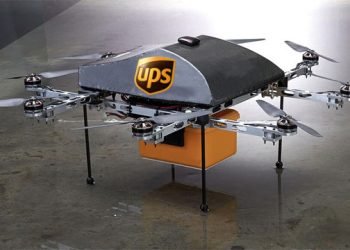By Eva Richardson – The Logistic News
In the heart of Europe’s busiest logistics zones, something almost counterintuitive is happening. As the world speeds up, one part of the supply chain is slowing down—by design.
Packaging is no longer made to disappear. It’s made to return.
Gone are the days when plastic wrap and cardboard boxes were ripped open and tossed aside. Today, reusable containers, stackable bins, and repairable pallets are entering mainstream circulation, creating what some are calling a “quiet revolution” in supply chain thinking.
Circular thinking, measurable results
Dutch-based company ReLoop has spent the past two years developing a deposit-based system between its warehouses. Their approach is simple: containers go out, get returned, and are used again—often for hundreds of trips. The impact? A 40% reduction in packaging costs and a noticeable drop in product damage during transport.
“Reusable doesn’t just mean sustainable,” says Ellen Vos, logistics director at ReLoop. “It means smarter. Stronger. Predictable. And over time, far cheaper.”
Sustainability beyond the fuel tank
For years, the environmental spotlight has shone on electric trucks, rail freight, and biofuels. But those tackling emissions know the journey starts earlier—at the loading dock. Every replaced single-use crate is a carbon saving. Every item protected by a sturdier, reusable frame reduces waste, insurance claims, and inefficiency.
This is green logistics from the inside out.
From waste to asset
Reusable packaging is more than eco-friendly—it’s transforming how businesses account for their materials. These containers are now considered mobile assets, tracked, maintained, and integrated into warehouse systems. Some even carry RFID tags and are linked to cloud-based inventory software.
The result? Better control, fewer losses, and stronger visibility.
What’s next? A mindset shift
As pressure grows on companies to reduce their environmental footprint, the smartest players are realizing that change doesn’t always require radical transformation. Sometimes, it starts with rethinking the most ordinary part of the supply chain.
In this case, it’s the box itself.























